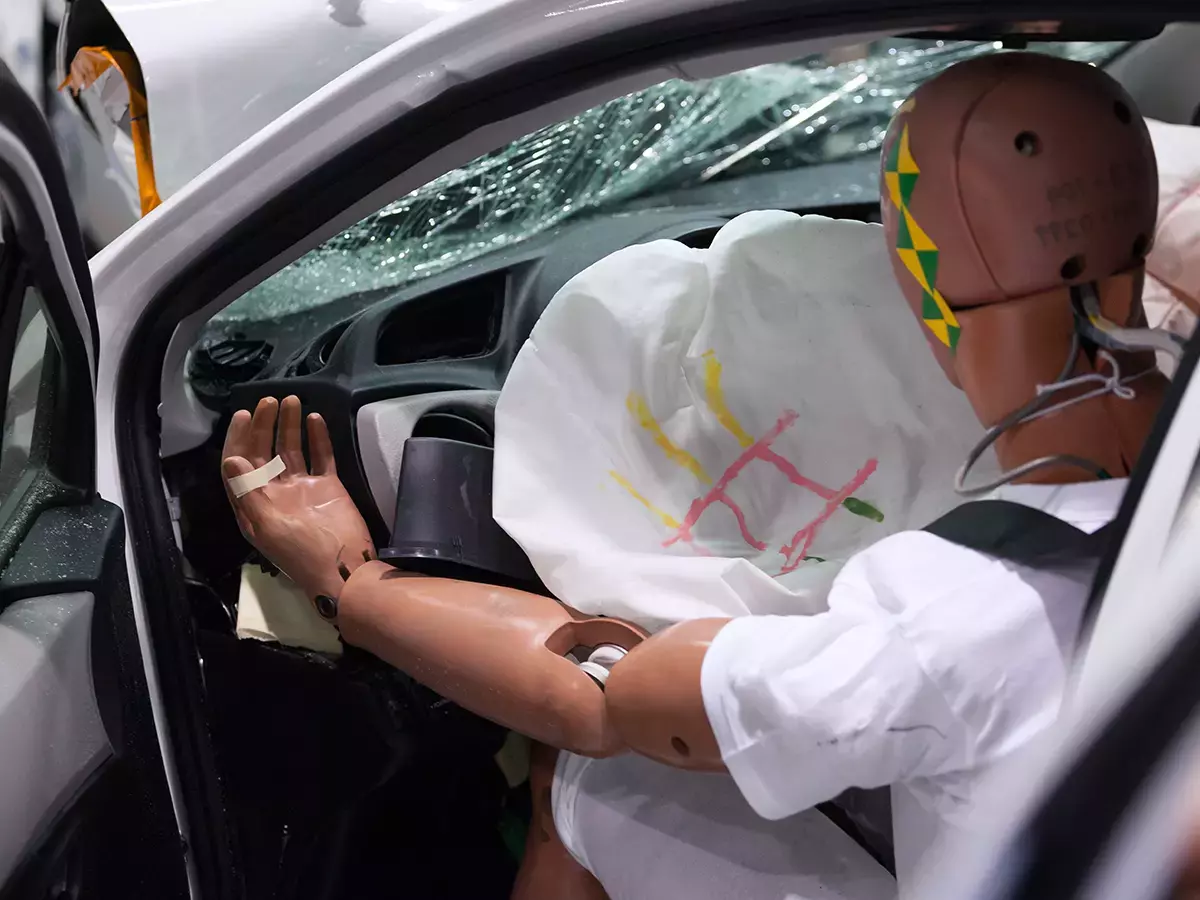The effort to gather more information about individuals can result in privacy violations and even unintentional bias. One way to reduce the risk of this is to control for as many variables as possible when underwriting policies, and that's where the New Car Assessment Program (NCAP) comes into play.

The potential of Big Data and analytics is creating a lot of excitement in the insurance industry. This is not surprising, given the most critical part of an insurer’s work — accurately assessing risk and pricing profitable policies accordingly — rests on the ability to analyze and identify trends within massive data sets such as credit scores, accident trends and climate models.
Recent events however — GDPR, the California Consumer Privacy Act, Facebook’s Cambridge Analytica breach and more — have validated a growing public concern that Big Data and analytics can sometimes go too far. The drive to gather more and more information about individuals and their activities has resulted in a variety of privacy violations, intrusive marketing tactics and even, in some instances, unintentional bias.
Looking at bias in data
How does bias manifest? Let’s say an over-65 individual requests a new auto insurance policy. This person may have a perfect driving record and be in excellent health, but when pricing the policy, the insurer may analyze historical data to see that individuals over the age of 65 tend to be at higher- risk for accidents — thus, the insurance company sets an inflated policy price. Most insurance companies want to leverage the power of technology, but that carries significant regulatory, legal and reputational risks if they are perceived as treating different groups of consumers unfairly.

New Car Assessment Program (NCAP)
One way to reduce risk is to control for as many variables as possible when underwriting policies. Fortunately, automobile safety — one of the foremost factors in policy pricing — is one of these controllable variables. That is where the New Car Assessment Program (NCAP) comes into play. The NCAP is a series of automotive tests that provides consumers with comparative multi- star ratings on vehicle safety performance and new safety features to assist them with their purchasing decisions. It also provides early, valuable insights to automakers on opportunities to improve vehicle safety in advance of introducing a new model to the public.
While the NCAP is the ultimate validation of safety standards, the current NCAP protocol is outdated and has not kept pace with technological innovations. On October 1, the National Highway Traffic and Safety
Administration (NHTSA) held a hearing in Washington to gather stakeholder input for an updated NCAP, which can result in the most comprehensive and up-to-date testing protocols available. We view this as an important sign of progress and something the auto insurance industry needs, for several reasons:
First, an updated NCAP will put vehicles through a more stringent, thorough set of safety tests, which will improve driver/customer safety — the top priority for any insurance company. For example, the current NCAP uses standard 50 percentile male anthropomorphic test devices (ATDs) in tests. These models were developed in the 1980s and only contain 10-20 sensors from which data can be gathered. Today’s modern dummies generate data from up to 150 embedded sensors, and are available in versions representing a wider cross-section of society — women, children, infants, the elderly, and even obese persons, who are more prone to automotive accident fatalities.
An updated NCAP also calls for testing these diverse dummies in a wider variety of seating positions, promoting a higher level of safety for more types of occupants and passengers, including those most vulnerable.
A second benefit for auto insurers specifically, is that an updated NCAP would be far more rigorous in evaluating vehicles’ susceptibility to accidents and damage. Under the current NCAP, crash tests simulate full frontal crashes, but do not conduct small overlap crashes, which are quite common. Small overlap crashes (an estimated 25% of crashes) are those involving about a quarter of the vehicle colliding with another car or an object like a tree or utility pole. An updated NCAP would therefore enable a more accurate, complete risk profile for individual vehicles to be incorporated into policy pricing.
An updated NCAP could test, for the first time, active safety features such as automatic emergency braking and collision warning/avoidance systems. Automobile safety has emerged in 2018 as the top consumer criteria when evaluating cars for purchase. As active safety features set the stage for greater autonomous feature demand, auto insurers will need to be able to factor the corresponding safety benefits into their policy pricing algorithms.
Biases can and often do creep into policy pricing decisions, due to the simple reality that biases are embedded in historical data. Leveraging Big Data and analytics initiatives to yield smart, actionable decisions that lead to greater business profitability — while addressing consumer protection concerns — remains a work in progress.
In the meantime, an updated NCAP has the power to make one of the biggest factors — automobile safety — an indisputable, reliable constant in the policy pricing equation, while improving public safety and preparing auto insurers for an increasingly autonomous future.
Christopher J. O’Connor
Chris is the global leader of the Humanetics Group and is one of the industry's recognized experts on vehicle and occupant safety. He is a retired Colonel in the US Army Reserves and a board member of several fast growth engineering businesses. He can often be found calculating velocity and winds speeds on the golf course, or tuning the torque on one of his engines.